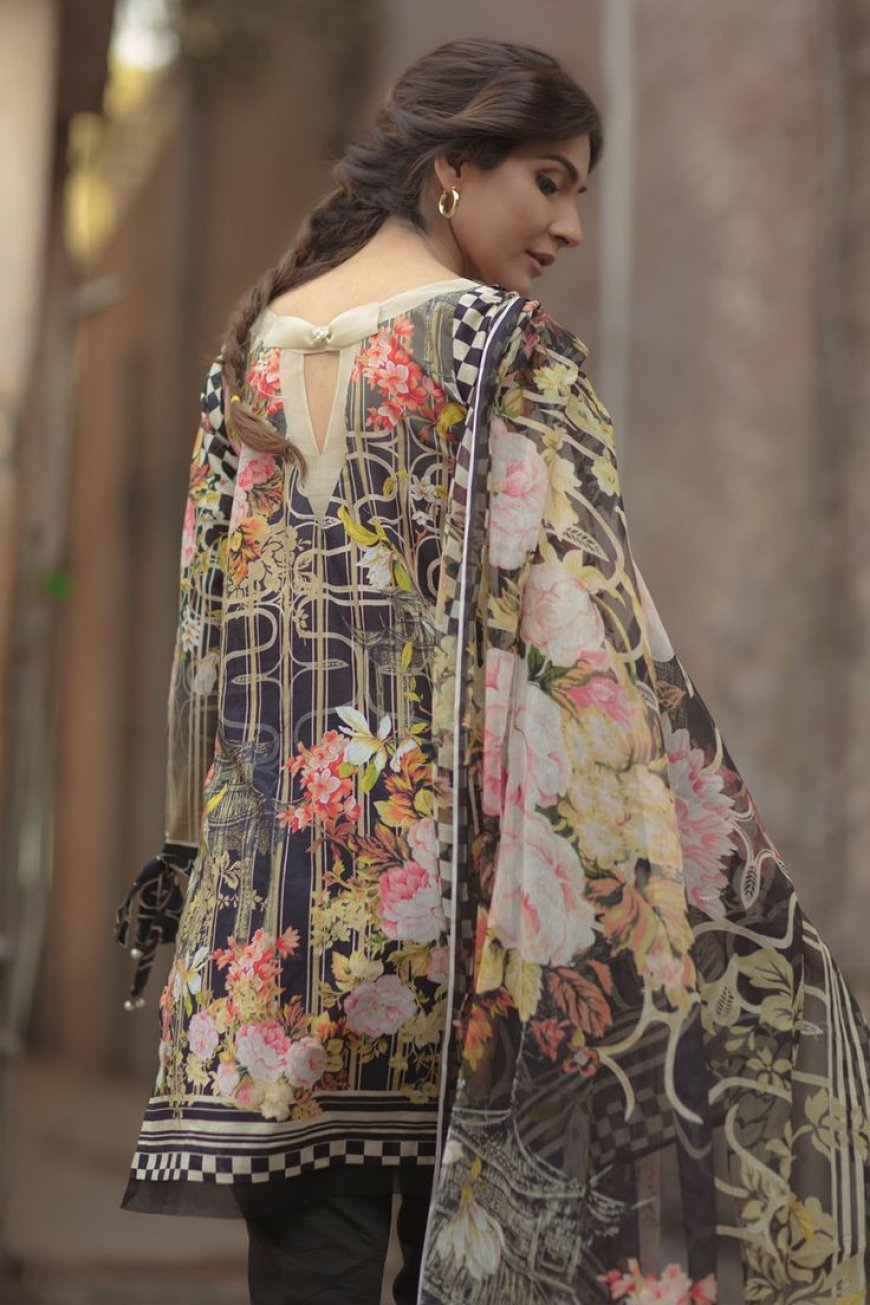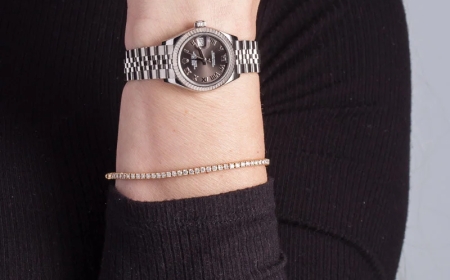The Enduring Allure of Silk Designer Dresses
silk designer dresses continues to evolve, blending classic appeal with cutting-edge trends and an increasing focus on ethical production.

Silk designer dresses represent the pinnacle of luxury fashion, a timeless embrace of elegance and sophistication that has captivated connoisseurs for millennia. From its ancient origins in China to its current reign on international runways, silk has remained a fabric synonymous with opulence, its inherent qualities making it a canvas for designers to weave dreams into reality. In 2025, the narrative of silk designer dresses continues to evolve, blending classic appeal with cutting-edge trends and an increasing focus on ethical production.
Silk Designer Dresses
The journey of silk began around 3000 BCE in ancient China, where the secret of sericulture (silk farming) was fiercely guarded for centuries. Silk garments were reserved for royalty and the elite, symbolizing wealth, status, and power. As the Silk Road opened, this precious fabric gradually spread, revolutionizing fashion in Europe and beyond. From the elaborate gowns of the Renaissance to the fluid silhouettes of the Art Deco era, silk adapted to every changing fashion movement, consistently signifying refinement and grace.
What makes silk so undeniably desirable for high-end fashion? Its unique characteristics are truly unparalleled. Silk is incredibly soft, with a smooth, sensuous texture that glides effortlessly against the skin. Despite its delicate appearance, it is remarkably strong and durable, holding its shape well and resisting tears. Its natural lustrous sheen catches the light beautifully, giving garments a rich, elegant glow. Furthermore, silk is lightweight, breathable, and possesses natural thermoregulating properties, keeping the wearer cool in summer and warm in winter. It's also hypoallergenic, making it a gentle choice for even the most sensitive skin.
Designer dresses leverage these qualities, utilizing various types of silk to achieve distinct aesthetic and tactile effects. Charmeuse, with its glossy front and matte back, is favored for flowing evening gowns and lingerie, offering a luxurious drape. Dupioni provides a crisp texture and irregular "slubs," perfect for structured formal wear, while delicate Chiffon creates ethereal layers and movement. Crepe de Chine offers a subtle pebbled texture and excellent wrinkle resistance for sophisticated day-to-night wear, and stiff Organza is used to create dramatic volume and architectural silhouettes in bridal and formal gowns. Satin silk, a classic for glamorous dresses, boasts a high shine and smooth, flowing drape, making it a red-carpet staple.
Throughout history, visionary designers have embraced silk as their muse. While many houses have utilized silk extensively, iconic figures like Yves Saint Laurent are celebrated for their transformative silk creations, such as the famous "Mondrian" dress. Giorgio Armani is renowned for his sophisticated and understated use of silk, particularly in his ethereal evening gowns crafted from silk chiffon. Contemporary designers such as Monique Lhuillier and Gabriela Hearst continue to push the boundaries of silk design, showcasing it in their haute couture and ready-to-wear collections.
Looking ahead to 2025, silk designer dresses are poised to embrace a fascinating blend of trends. Minimalism with a modern twist is a key theme, emphasizing clean lines, refined cuts, and understated beauty in luxurious silk fabrics. Metallics and shimmers are taking center stage, with gold, silver, and iridescent hues in silk creating bold, glamorous, and futuristic looks for evening wear. Dramatic details like cascading ruffles and voluminous skirts are also making a strong comeback, adding texture, movement, and a touch of elevated femininity. One-shoulder silhouettes continue their reign, offering asymmetrical elegance, while innovative details like cowl necks and delicate lace trimmings enhance the inherent beauty of the fabric. Hemlines will range from stylish midis to flowing maxis, catering to diverse tastes and occasions.
However, the discourse around silk designer dresses in 2025 wouldn't be complete without addressing the critical ethical and sustainable considerations. Traditional silk production, which involves boiling silkworm cocoons with the pupae still inside, raises significant animal welfare concerns. Furthermore, the industry, particularly in regions like China and India, has faced scrutiny for labor exploitation, including child labor, and environmental impacts such as deforestation and water scarcity.
In response, the fashion industry is seeing a growing demand for peace silk (also known as Ahimsa silk), where the silkworms are allowed to emerge from their cocoons naturally before the silk is harvested. While this addresses the animal welfare aspect, it often yields shorter, less lustrous fibers and is more labor-intensive. Beyond peace silk, designers and consumers are increasingly exploring innovative alternatives that mimic silk's luxurious qualities without the ethical drawbacks. These include plant-based options like bamboo silk, lotus flower silk, eucalyptus silk (Tencel), and even synthetic alternatives that are biodegradable and less resource-intensive. Brands are also focusing on sustainable practices within traditional silk production, such as organic farming, natural dyes, and closed-loop systems to minimize environmental impact.
The future of silk designer dresses lies in this delicate balance: maintaining the fabric's inherent luxury and timeless appeal while embracing conscious production and innovative alternatives. As consumers become more aware of the environmental and social footprint of their clothing, designers who prioritize ethical sourcing, transparency, and sustainable practices will undoubtedly lead the way, ensuring that the allure of silk continues to be a force for beauty and good in the fashion world.








































